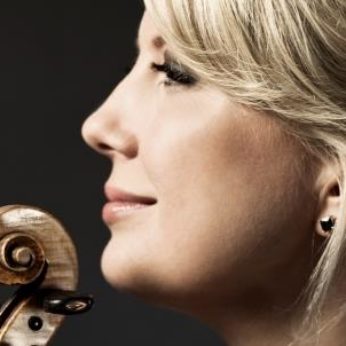Composer: Ludwig van Beethoven (b. 1770 - d. 1827)
Performance date: 03/07/2012
Venue: Bantry Library
Composition Year: 1795
Duration: 00:30:41
Recording Engineer: Anton Timoney, RTÉ lyric fm
Instrumentation: vn, vc, pf
Instrumentation Category:Trio
Artists:
Péter Nagy -
[piano]
Anja Lechner -
[cello]
Elina Vähäla -
[violin]

Copyright © 2025 West Cork Music. All rights reserved.
Designed and developed by Matrix Internet